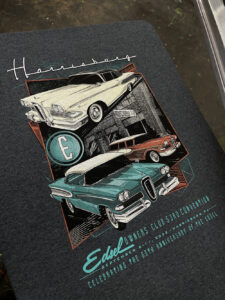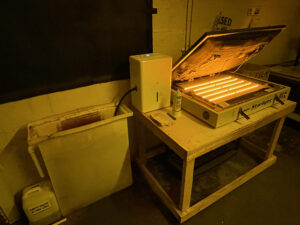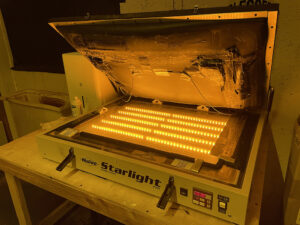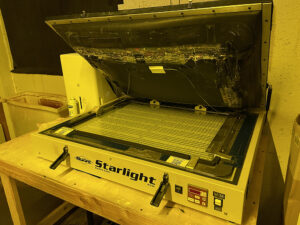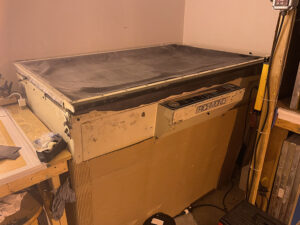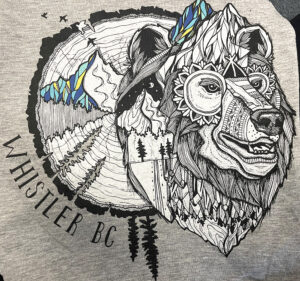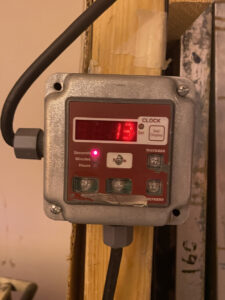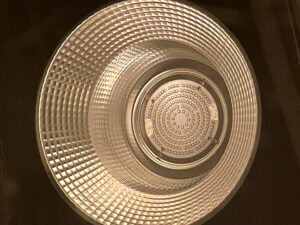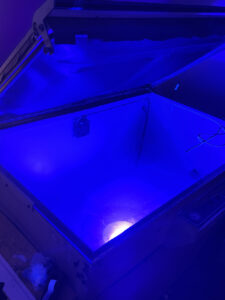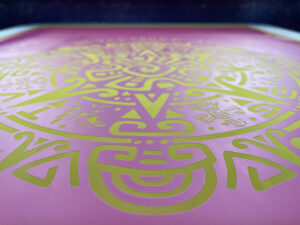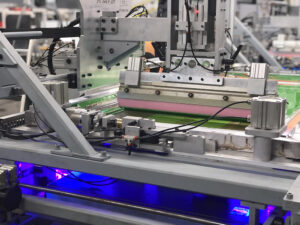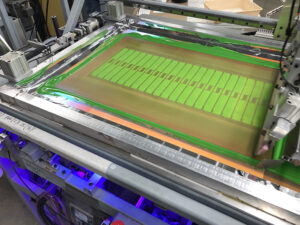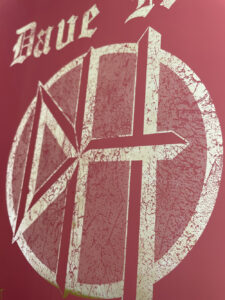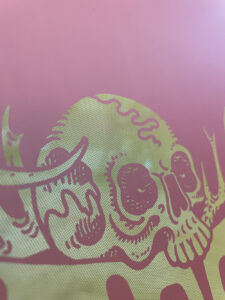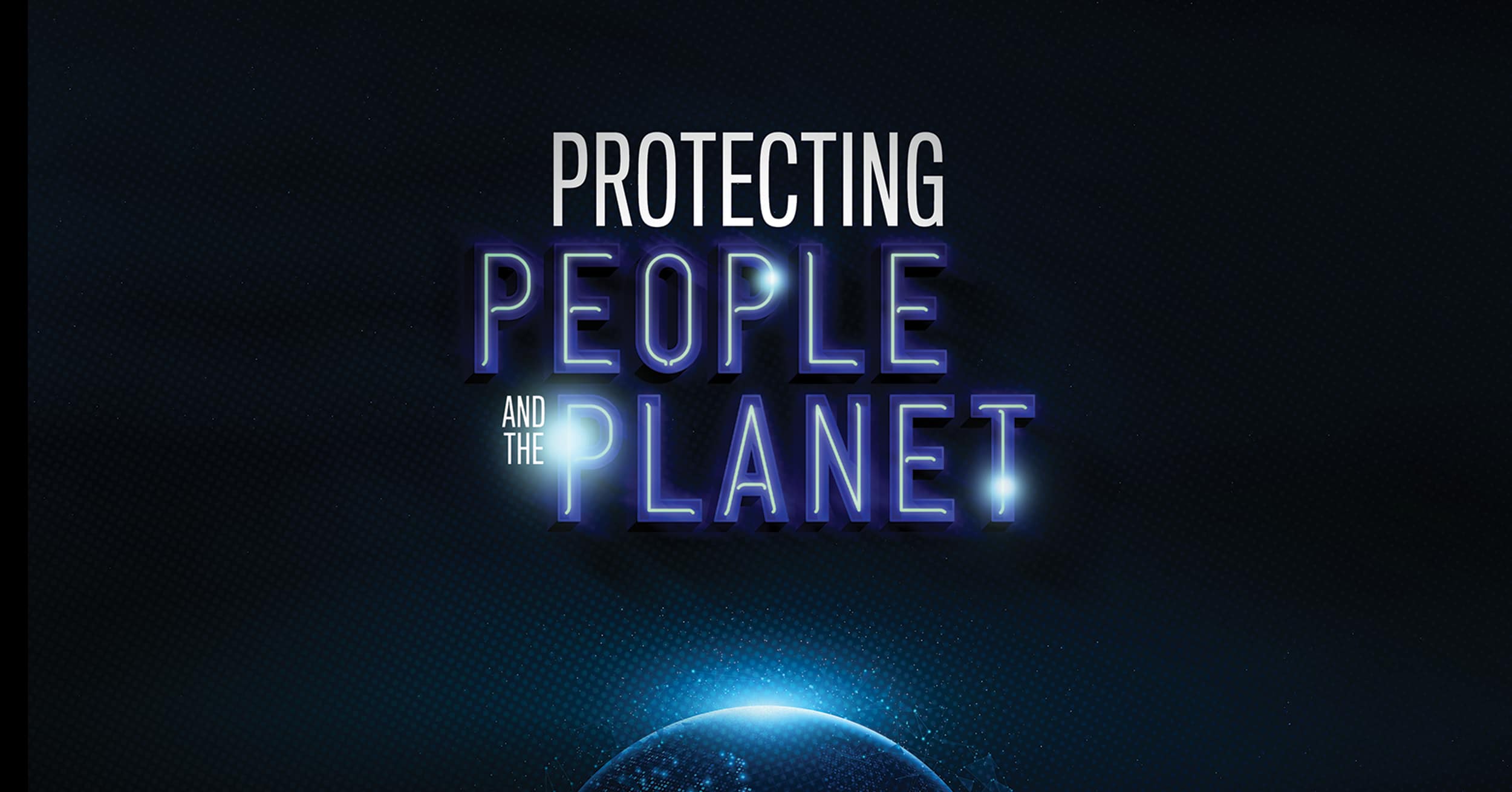
Why Screen Printers Should Invest in UV LED for Ink Curing
While there’s an upfront cost, the long-term benefits shouldn’t be ignored.
Published
1 year agoon
THE BENEFITS OF ADOPTING UV LED technology for ink curing are far-ranging for screen printing companies. UV LED ink curing technology provides a sustainable and environmentally friendly method of screen printing that cuts costs and protects employees. While many printers have adopted UV inks, they have been reluctant to adopt LED curing technology due to several challenges. These include a lack of readily available products from lamp manufacturers and the heavy upfront costs involved in purchasing new machines or retrofitting old machines.
Screen printers, however, should overcome this reluctance and invest in LED exposure units, as UV LED technology is ultimately better for their business, their employees, and the planet than legacy ink curing methods such as UV curing with mercury bulbs. Not only is the ROI ultimately advantageous for screen printing businesses from a cost perspective, but it also helps companies mitigate health risks and meet consumer demand for sustainable, environmentally friendly processes.

SHIFTING TO SUSTAINABLE
SCREEN PRINTING PROCESSES
Sreen printers consume the most energy when powering mercury bulbs and cooling systems for their printing press. Mercury lamps produce high temperatures by emitting infrared energy. This heat can damage lamp housing and substrates if it is not managed properly, requiring significant effort and expenditures on behalf of screen printers.
Shifting to LED-based technology for UV curing results in a 98 percent more energy efficient process. The LED lamps do not need substantial power input, as they can be plugged into standard wall outlets. In stark contrast to mercury bulbs, LED lamps also emit little to no heat, requiring significantly less elaborate cooling systems than mercury-based technology.
Mercury lamps remain on throughout the production day because heating these systems up and cooling them down takes time. There is no need, however, for LED lamps to remain running while not in use, as they instantly switch on and off. Unlike mercury lamps, LED lamps do not emit ozone, so screen printers further reduce energy consumption by cutting out the ventilation systems needed to filter out ozone.
In addition to cutting energy costs, shifting to sustainable screen printing processes will help companies meet evolving consumer demands. Consumers today often seek out products that are built with sustainable materials and processes. This is evidenced by a recent study by the IBM Institute for Business Value, which found three out of five consumers report at least half of their recent purchases include sustainable products.
AdvertisementADOPTING AN ENVIRONMENTALLY
FRIENDLY APPROACH
Another motivation for screen printing companies to adopt an LED-based curing process is the fact that it’s more environmentally friendly than a mercury-based approach. Several factors establish using LED lamps as a more environmentally friendly approach to ink curing than mercury lamps. Significantly, the overall reduction in energy consumption that results from adopting an LED-based curing process reduces the harmful emissions caused by many energy production processes.
Ozone — known to harm people, plant life, and the broader ecosystem — results from using mercury lamps but not from LED lamps. Alongside car exhaust and other gas-powered equipment, the Environmental Protection Agency currently lists printing shops as a common source of volatile organic compounds, that is, the compounds which lead to ozone. A shift toward LED-based curing, however, would drastically reduce ozone emissions that stem from printing shops overall, effectively dissociating our industry from other industries such as oil and gas that are widely perceived as inflicting serious damage on the global environment.
In addition to eliminating the emission of pollutants such as ozone and volatile organic compounds, LED lamps do not need to be replaced as often as mercury lamps. Mercury lamps can be used between 1000 and 2000 hours and must be left turned on throughout the working day. Because of this, they typically have to be replaced once every 8 to 12 months. In contrast, LED lights, with their ability to quickly be shut off when not in use, can typically last over a decade without having to be replaced. Ultimately, this longer lifespan significantly reduces the amount of waste caused as a byproduct of the ink curing process.
 This longer lifespan significantly reduces the amount of waste caused as a byproduct of the ink curing process.
This longer lifespan significantly reduces the amount of waste caused as a byproduct of the ink curing process.
Photo Credit: Empire Screen Printing
A CURING PROCESS
THAT IS COST EFFECTIVE
Many screen printing companies may be reluctant to adopt UV LED curing technology due to the upfront costs. However, when viewed holistically, investing in UV LED curing technology will cut costs over time. This is due to the reduced spending on energy, the elimination of common regulatory costs involved in the use and disposal of mercury lamps, and significant savings in maintenance costs.
It will only take three years for the investment in LED lamps to pay itself back in full. A study by Specialist Printing Worldwide found that, while the cost to retro-fit LED lamps can be up to $535,000, shifting to LED lamps will save companies around $187,000 a year. Here, a major area where costs are cut is energy savings. At Empire Screening, a large screen printing company, we spend approximately $650 on energy to power our LED lamps. In comparison, most similar-sized companies will spend up to $35,000 per year to power mercury lamps.
LED technology has improved over the years, leading to increases in the output of UV LED curing lamps. LED lamps can now output UV energy at the 395-nanometer wavelength and at 12-watt to 16-watt intensities. These options offer faster production speeds than the lower-watt lamps of years past, cutting costs by allowing more products to be manufactured more quickly.
Advertisement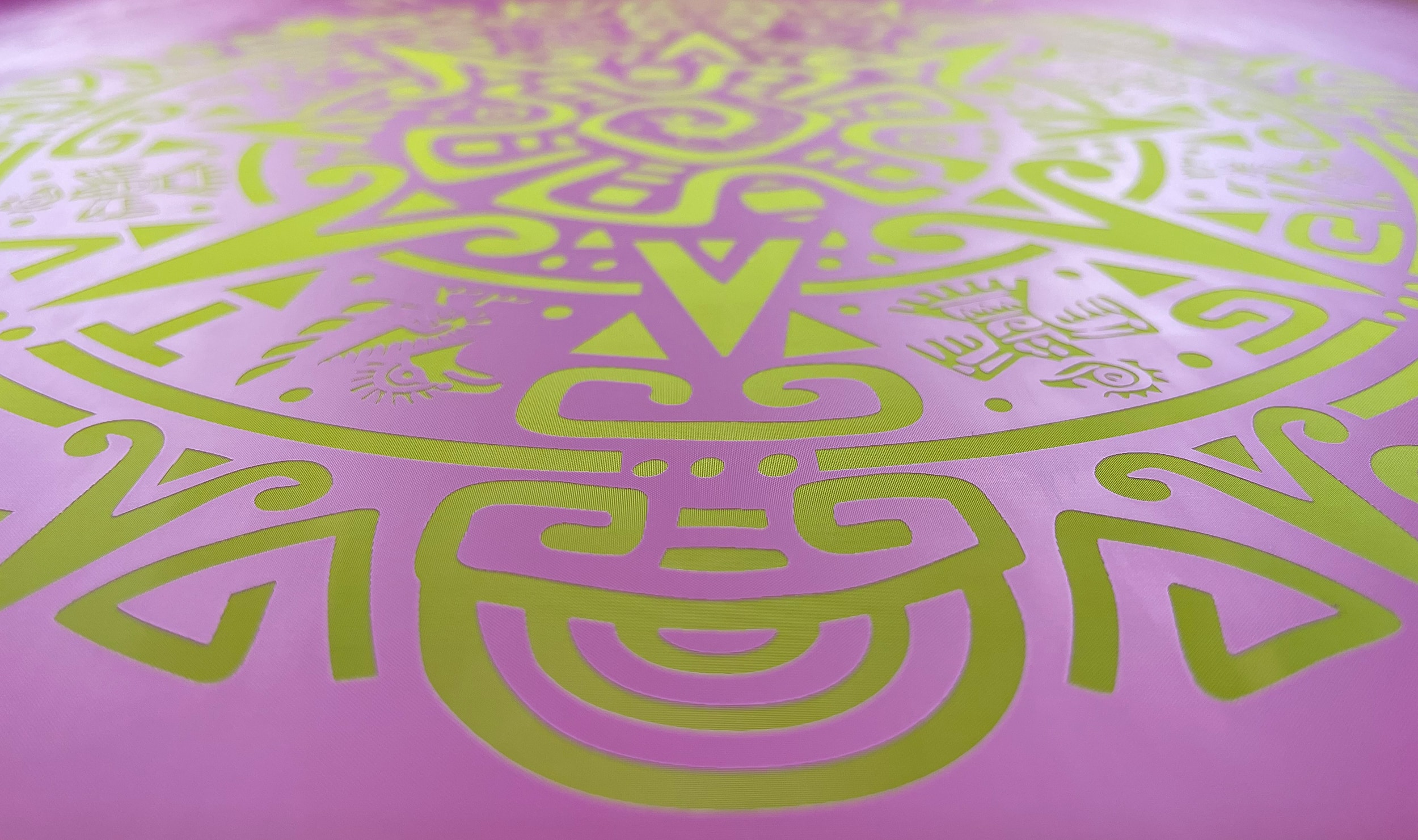
Photo Credit: King Screen
PROTECTING EMPLOYEES
THROUGHOUT THE CURING PROCESS
One of the biggest motivations for screen printing companies to switch to an LED-based curing process is to create a healthier work environment and protect workers. A mercury-based curing process, if not well-ventilated, releases irritants into the workplace that can cause respiratory issues for workers. LED lamps, by contrast, eliminate ozone and generate minimal heat, removing the need for HVACs, and allowing for air to be recycled without presenting hazards to employees.
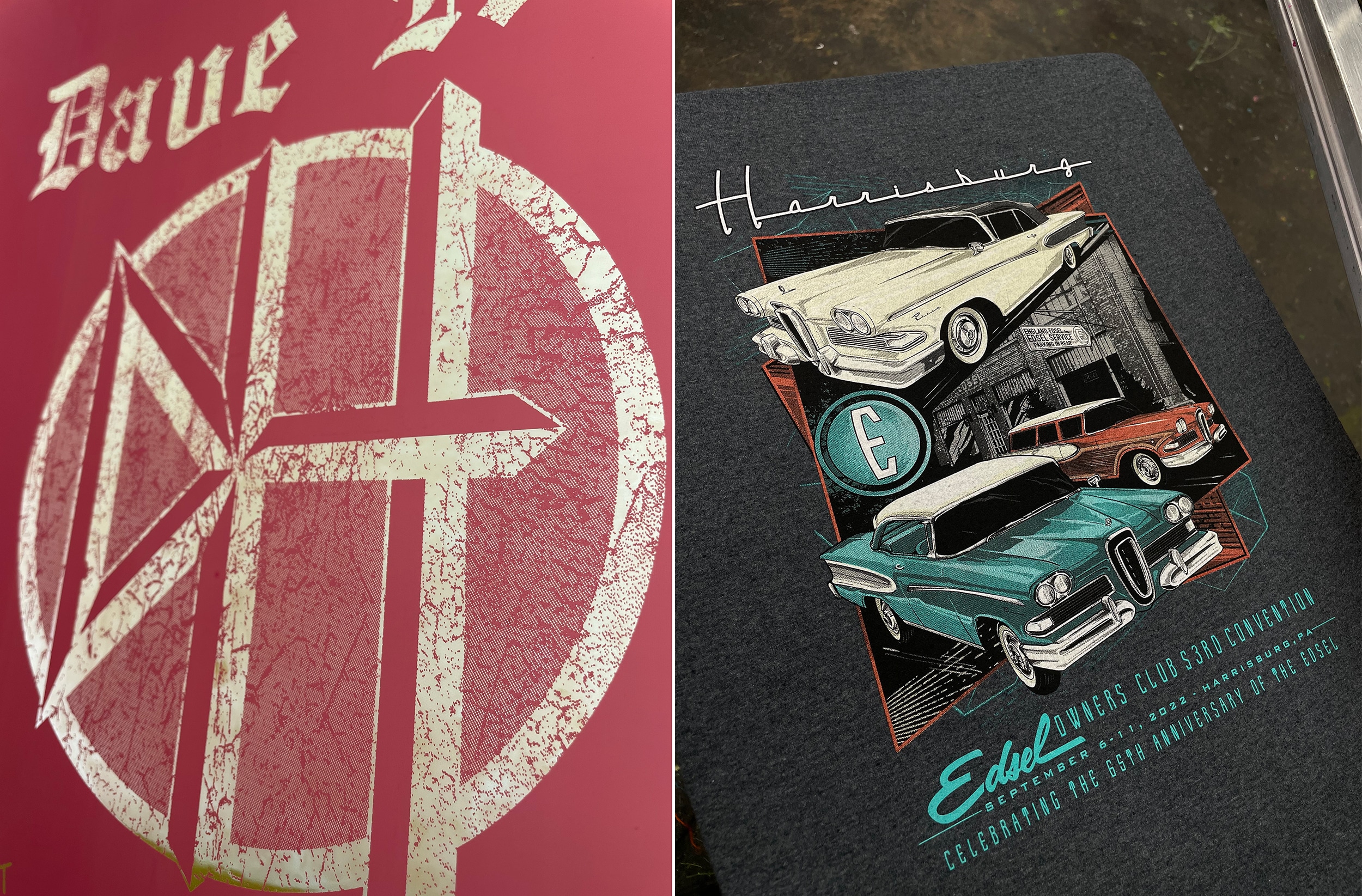
Screen printing companies looking to cut energy consumption and costs while protecting their employees and the environment will find an ideal solution in UV LED curing technology. A pioneer in applying this technology to the printing process, Empire Screen Printing has made this technology available to all rather than keeping it proprietary in hopes of shifting the industry toward a more safe and sustainable future both for people and the planet.
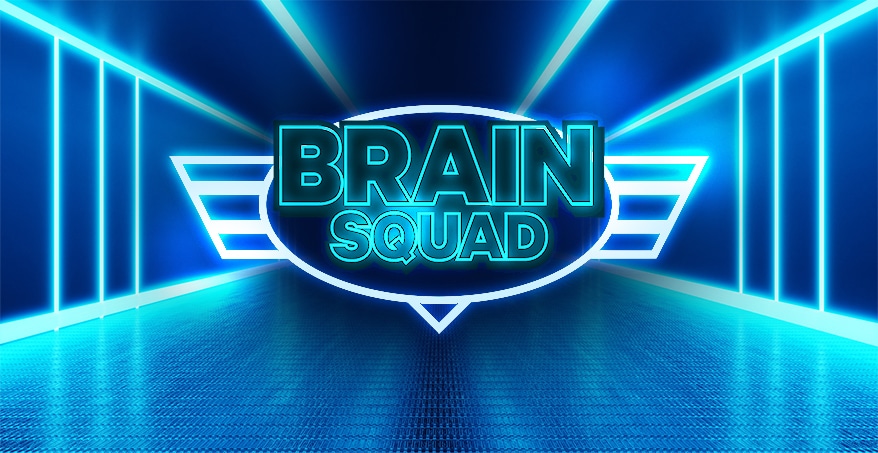
LIGHT EMITTING DIODES
We asked the Brain Squad “If you’ve invested in LED exposure units, why should other screen printers do the same? What are the benefits of their spectrum of light output, energy usage, speed, and consistency?” Here’s what they have to say:
- We retrofitted a Richmond Metal Halide Bulb exposure unit with an LED single point bulb. It was a great decision. Those Metal Halide bulbs were $1000 each and getting hard to find. Plus, they only lasted a year. The LED bulb is quick, consistent, and never burns out. Our exposures are excellent and usually take about 30 seconds. Not to mention, it uses way less energy. — Matthew Pierrot, GetBOLD – T-shirt Printing and Embroidery
-
I think LED is ok for short-run commercial printing, but the metal halide is always going to create a longer-lasting, more durable exposure. I have seen people move to LED and then back to metal halide, so it seems to have some limitations. — Chessie Rosier-Park, Squeegee and Ink
- No. We like the old ways and believe that longer exposure times help us with our shadow and highlight dots. — John Wilhelmsen, Distinct Impression
- We have used an M&R Starlight for about eight years. Paired with a photopolymer emulsion, Saati PHU, decreased our exposure times, increased detail especially halftone work, and had an overall impact on how much electricity was needed in our exposure process. Consistency has been second to none. — Scott Garnett, King Screen
-
“The LED bulb is quick, consistent, and never burns out.”
- In production, we use a metal halide lamp, but we also run training programs for schools, artists, and makerspaces wanting to start printing on a small scale, and we switched to LED cluster lights for exposing. In the past, people used quartz halogen or MH grow lamps or UV tubes, but the LED UV lamps are cheaper, safer, and longer lasting. I don’t think they give as good a cure as MH – they have a very narrow output band – but they do the trick for small scale short runs. I know the bigger, professional units use multi-spectrum LEDs to get a fuller cure, especially with emulsions designed for them. — Andy MacDougall, MacDougall Screen Printing
- While very energy efficient, they are not my first choice of exposure. They are a diffuse light source vs. point light, and this affects the resolution of the halftone dot. Also, the UV frequencies emitted are not high enough for water base post hardening. — Mark Coudray, Coudray Growth Technologies
-
LED is a great economic option; however, it does not always make the most durable screen. — Eric Solomon, Night Owls
PHOTO GALLERY (16 IMAGES)
📷: Empire Screen Printing, King Screen, and GetBold – Tshirt Printing and Embroidery
Advertisement
SPONSORED VIDEO
Let’s Talk About It
Creating a More Diverse and Inclusive Screen Printing Industry
LET’S TALK About It: Part 3 discusses how four screen printers have employed people with disabilities, why you should consider doing the same, the resources that are available, and more. Watch the live webinar, held August 16, moderated by Adrienne Palmer, editor-in-chief, Screen Printing magazine, with panelists Ali Banholzer, Amber Massey, Ryan Moor, and Jed Seifert. The multi-part series is hosted exclusively by ROQ.US and U.N.I.T.E Together. Let’s Talk About It: Part 1 focused on Black, female screen printers and can be watched here; Part 2 focused on the LGBTQ+ community and can be watched here.
You may like
Advertisement

Inkcups Announces New CEO and Leadership Restructure

Hope Harbor to Receive Donation from BlueCotton’s 2024 Mary Ruth King Award Recipient

Livin’ the High Life
Advertisement
Subscribe

Bulletins
Get the most important news and business ideas from Screen Printing magazine's news bulletin.
Advertisement
Most Popular
-

 Art, Ad, or Alchemy1 month ago
Art, Ad, or Alchemy1 month agoF&I Printing Is Everywhere!
-

 Case Studies1 month ago
Case Studies1 month agoHigh-Density Inks Help Specialty Printing Take Center Stage
-

 Andy MacDougall1 month ago
Andy MacDougall1 month agoFunctional and Industrial Printing is EVERYWHERE!
-

 Editor's Note1 week ago
Editor's Note1 week agoLivin’ the High Life
-

 Columns2 weeks ago
Columns2 weeks ago8 Marketing Mistakes Not to Make When Promoting Your Screen Printing Services Online
-

 Thomas Trimingham2 months ago
Thomas Trimingham2 months ago“Magic” Marketing for Screen Printing Shops
-

 Marshall Atkinson1 week ago
Marshall Atkinson1 week agoHow to Create a Winning Culture in Your Screen-Printing Business
-

 Press Releases2 months ago
Press Releases2 months agoBig Frog Custom T-Shirts & More of Round Rock Celebrates Grand Opening

